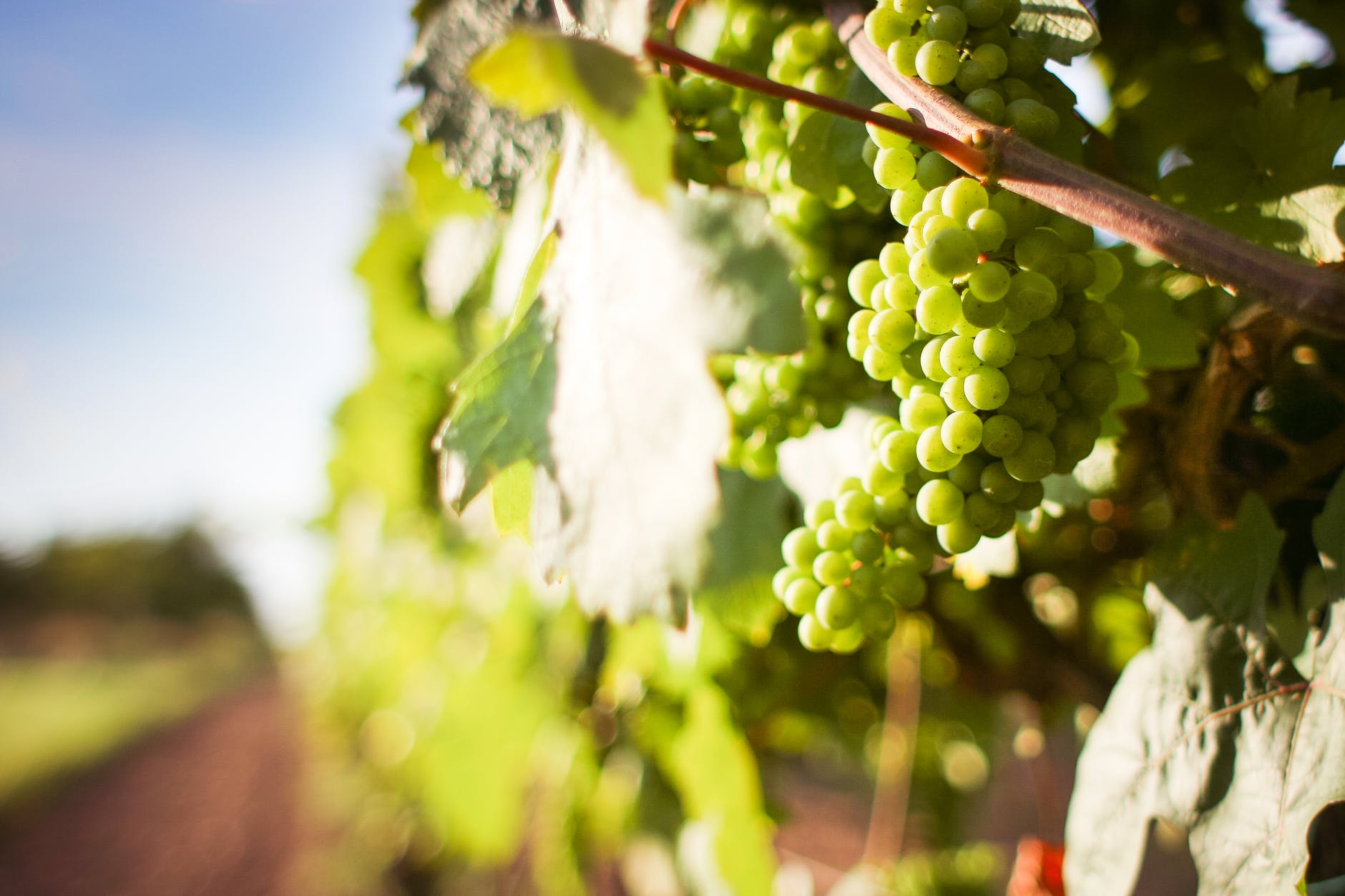Cultural techniques linked to the canopy

Air temperatures and number of hot (T > 30°C) and very hot (T > 35°C) days are getting higher in several grape and wine producing regions. In relation to that, canopy manipulation (leaf removal) can represnet a possible tool to adapt the production and potentially to target specific wine styles.
Leaf removal is however an ampelotechnical practice, commonly used for canopy management:
- to improve bunch microclimate in order to decrease disease pressure (eg. grey mold)
- to improve the grape quality through delaying the accumulation of sugars by leaf removal at or after veraison.
Less commonly removal of grapevine leaves in the bunch zone is done early in the season (around flowering time), which infact can enhance grape composition, and consequently also wine quality. The mentioned effects are related not only to the changed bunch microclimate, but rather to reduced fruit-set (yield) of the vine.
The early leaf removal (ELR) in the bunch zone can have the following positive effects:
- Less sunburn – grape berries start to develop after flowering, and as chloropyll prevails in the first development stage, they become less susceptible to the sun radiation and from veraison on they are also more tolerant to sunburn.
- Less disease susceptibility – vines, subjected to ELR (taking into account the % of removed leaves) usually develop looser and aerated clusters, negatively affecting development of fungal diseases.
- Changes in grape composition – higher content of sugars and phenolic compounds can be observed in berries on the vines, subjected to ELR.
- The application of leaf removal in the bunch zone can be mechanized
ELR can bring also some constraints:
- Grape aromatic composition – depending on the variety, the biosynthesis of certain aromatic compounds (eg. methoxypyrazines) can be decreased in grape berries, which are exposed to the sun radiation.
- Higher content of sugars and polyphenols – it is not always desired in wines, especially for white wines, where polyphenolic compounds impact the palate.
The variety, the % of removed leaves, canopy side (leaf removal can be applied to only one or both sides of the canopy) and desired wine composition/style should be considered when applying ELR. Anyway, early leaf removal can represent a potential tool to increase diversity and complexity and production of specific wine styles and adapt/mitigate climate change at the same time.
Author: Jan Reščič
Σχέσεις
- Δίκτυο
- Λίστα
- Γεωτοποθεσία